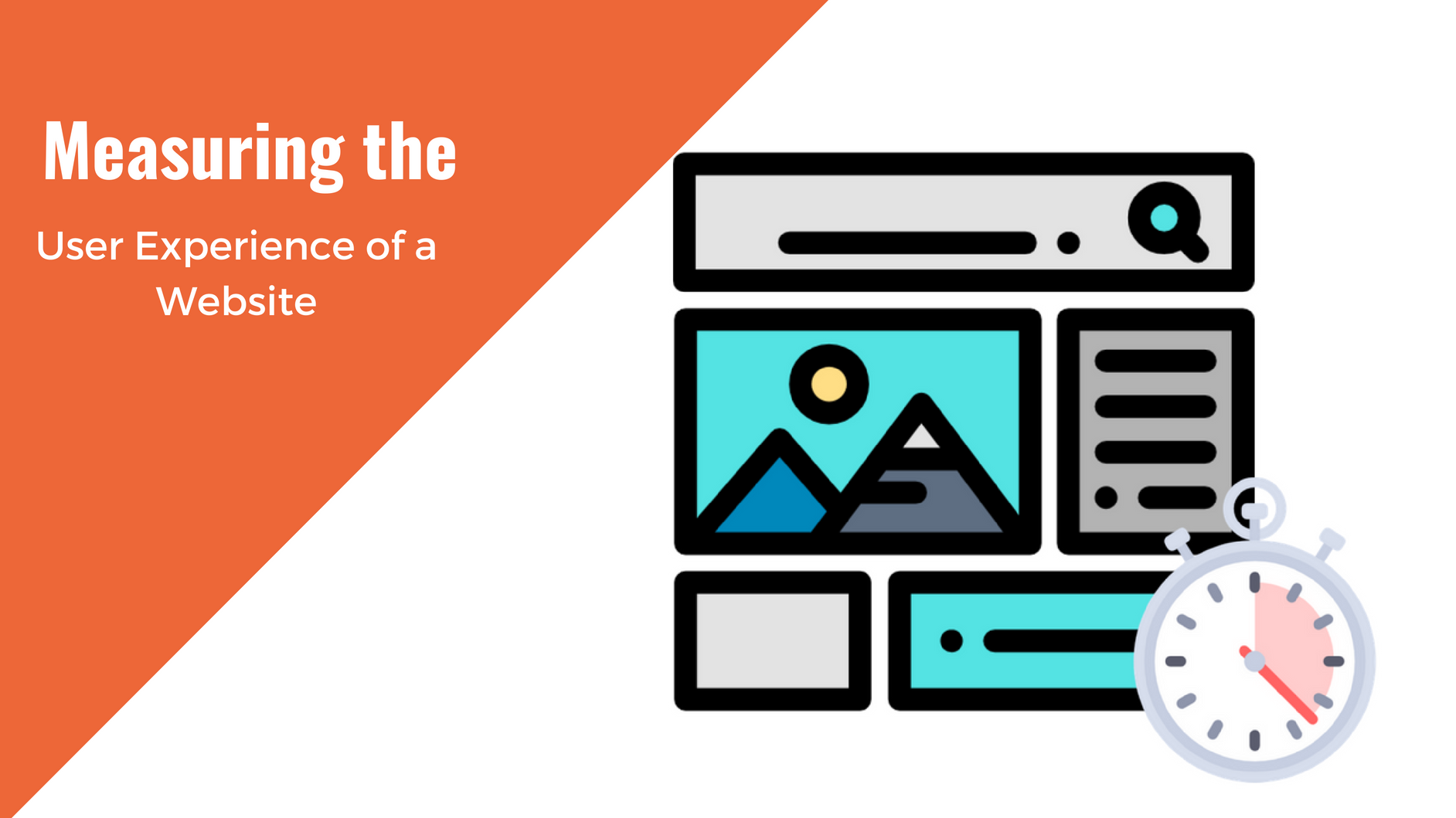Scaling Social Media to Fit Your Organization’s Budget and Needs
A few years ago, everyday social media platforms were considered more appropriate for personal and recreational interactions. They were not seen as professional environments for businesses.
Many of us could not have imagined they would grow into the highly trafficked powerhouses of today.
They are now ever present in both our personal and business lives. All of them are vying for our attention, and it’s tempting to try and be everywhere at once.
Is your business overextending on social media by trying to keep up with all of the hype?
Indeed, many businesses have jumped in with both feet, hiring staff exclusively to engage on multiple social media platforms.
But others have asked themselves: “Are we trying to do too much, and getting minimal results?”
The amount of money spent on social media advertising budgets has doubled over the past two years.
And yet over 45% of B2B marketers say they’re unsure whether those channels have generated any revenue for their business! (source: Business 2 Community)
Perhaps it’s time we all step back and reevaluate how we’re approaching social media.
Let’s look into ways your organization can be scaling social media to fit you, rather than scaling you to fit social media.
Taking stock of your social media accounts
Deciding which social media platforms to have a presence on can be confusing. A large organization can afford to successfully manage numerous social media accounts on multiple platforms. However, most organizations should refrain from trying to have a presence everywhere. This is especially true for smaller staffs with limited budgets.
Some of the questions your organization should try to answer include:
- How many platforms are you currently on?
- How much time and payroll can you comfortably afford to accommodate social media, and do you have a plan to measure ROI (return on investment)?
- Do you have a target audience which engages much more consistently on one platform over another?
- Do you tend to produce certain types of content which are best served by a particular platform; for example, infographics or product images promoted on Instagram or Pinterest?
- Do you have a content calendar?
- How much content can you realistically and consistently publish?
When gauging how much time your business spends on social media, remember to factor in your engagement time on top of any time spent writing and publishing.
You already spend hours each month keeping up with allies, clients and thought leaders in your field.
Social media isn’t just a one-way street.
You don’t only create content and move on to the next task. It’s also taking the time to read, like, share, forward, promote and comment on others’ content.
You are starting and participating in conversations.That entails checking back in a timely fashion after posting.
If you’re not responding to or engaging with others on a semi-regular basis, reciprocity may be harder to come by.
Where is your target audience engaging the most?
It’s important to do some research and find out where your target audience is actively engaged.
You can then develop a strategy to be effective on those specific platforms.
You will have more impact working a single targeted platform really well than trying to juggle numerous accounts ineffectively.
By focusing on specific platforms you can use your resources to personalize your content and publishing frequency.
Which content types are best showcased on your chosen platform? How often can your organization comfortably and consistently publish them?
Remember, no two organizations are the same. Try different approaches and find what works best for you.
Consistency is the key
Without a clear strategy or purpose, the excitement of a having new channel can evaporate several months down the road. Burnout sets in.
The majority of blogs and Twitter accounts watch their content output dwindle down to a trickle.
Did you know that less than 25% of all Twitter accounts are active? (source: Business Insider)
Similarly, less than a quarter of new blogs are still publishing a year or two after their initial launch.
Without recent content, visitors won’t feel the need to check back often (or at all). You will not be viewed as a dependably current resource.
Trying to keep up on four or five social networks can not only strain your resources and personnel. It can also negatively impact your brand if their first impression happens to be on one of your lapsed social media accounts.
Implement a strategy, evaluate and adjust
There are no hard and fast rules (except consistency!) in the evolving world of social media.
A few of the best practices include
- Identify where your target audience is
- Develop a social media strategy to engage them there.
- Monitor the analytics to gauge your progress.
- Track the views and engagement of each piece of content.
- Evaluate the results and adjust your approach accordingly.
- Experiment. Try varying your content types instead of posting one format over and over.
- Try different posting times or messaging, and A/B test the results.
- Build up a baseline publishing frequency.
- Remember to engage with others’ content.
Visual content is over 40 times more likely to get shared on social media than other types of content. (source: Hubspot)
Above all, don’t overextend your business’ social media efforts so that you’re spread too thin.
Find the best network (or two) for your organization’s needs and focus your efforts there.
Further down the road, you may feel more comfortable adding another one or two back into the mix.
Takeaway
Just remember that when it comes to your social media efforts, the measure of success is not how many social networks you’re on. It’s the results you get.
Happy social networking!
Other resources you may be interested in
You May Also Like

Having a website is an absolute necessity for any business. Gone are the days when you could simply update your website once and forget about it for months on end. In today’s ever-changing digital landscape it is important to constantly track and measure how well your website performs, as well…
read more >
Thomas Bertram (T. Bert) Lance famously said, "If it ain't broke, don't fix it." Unfortunately, T. Bert Lance couldn’t foresee the future. He didn’t know that over 94% of Americans would be on the internet by 2024. If your website doesn't receive periodic updates or isn't accessible, users can become…
read more >


